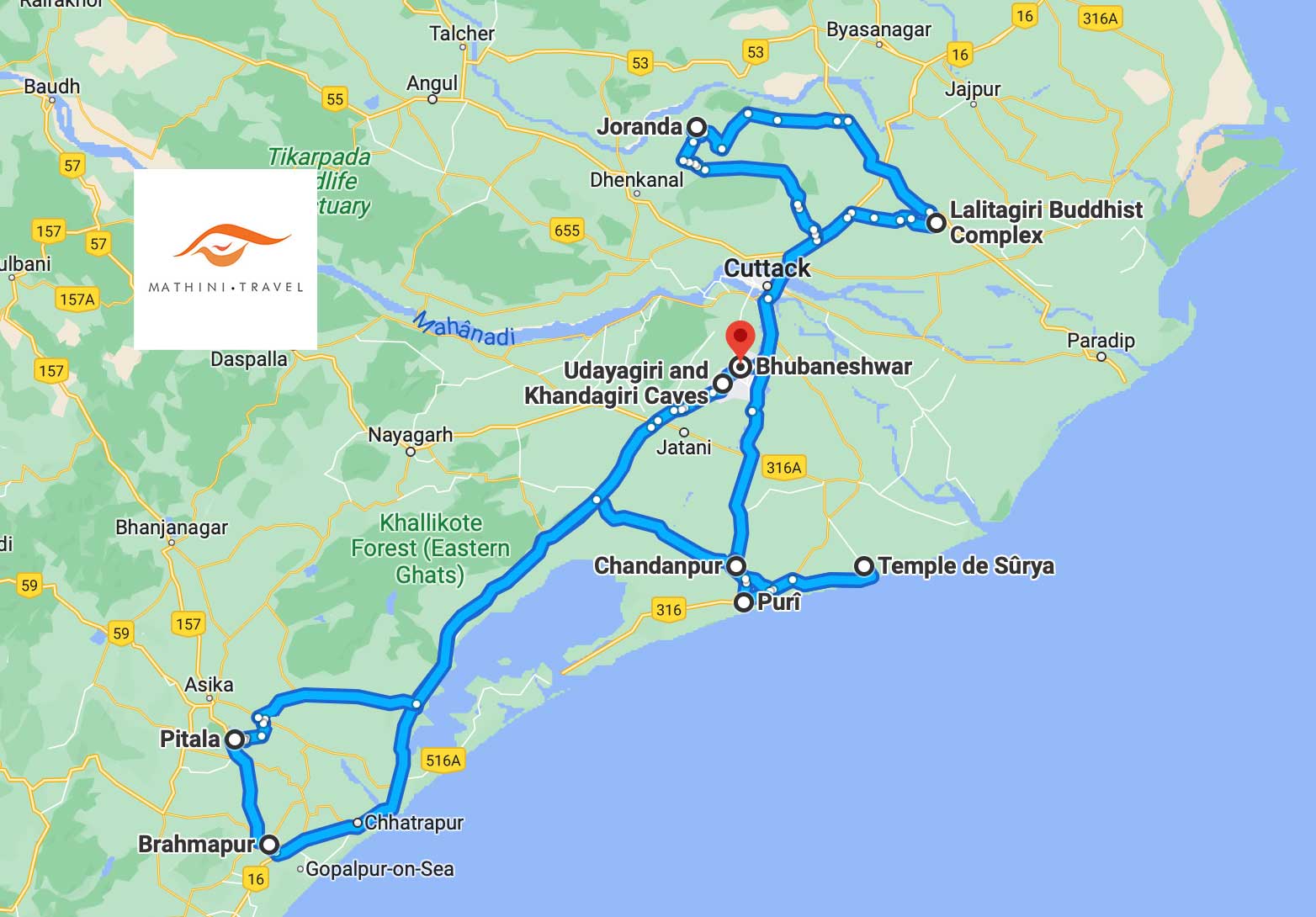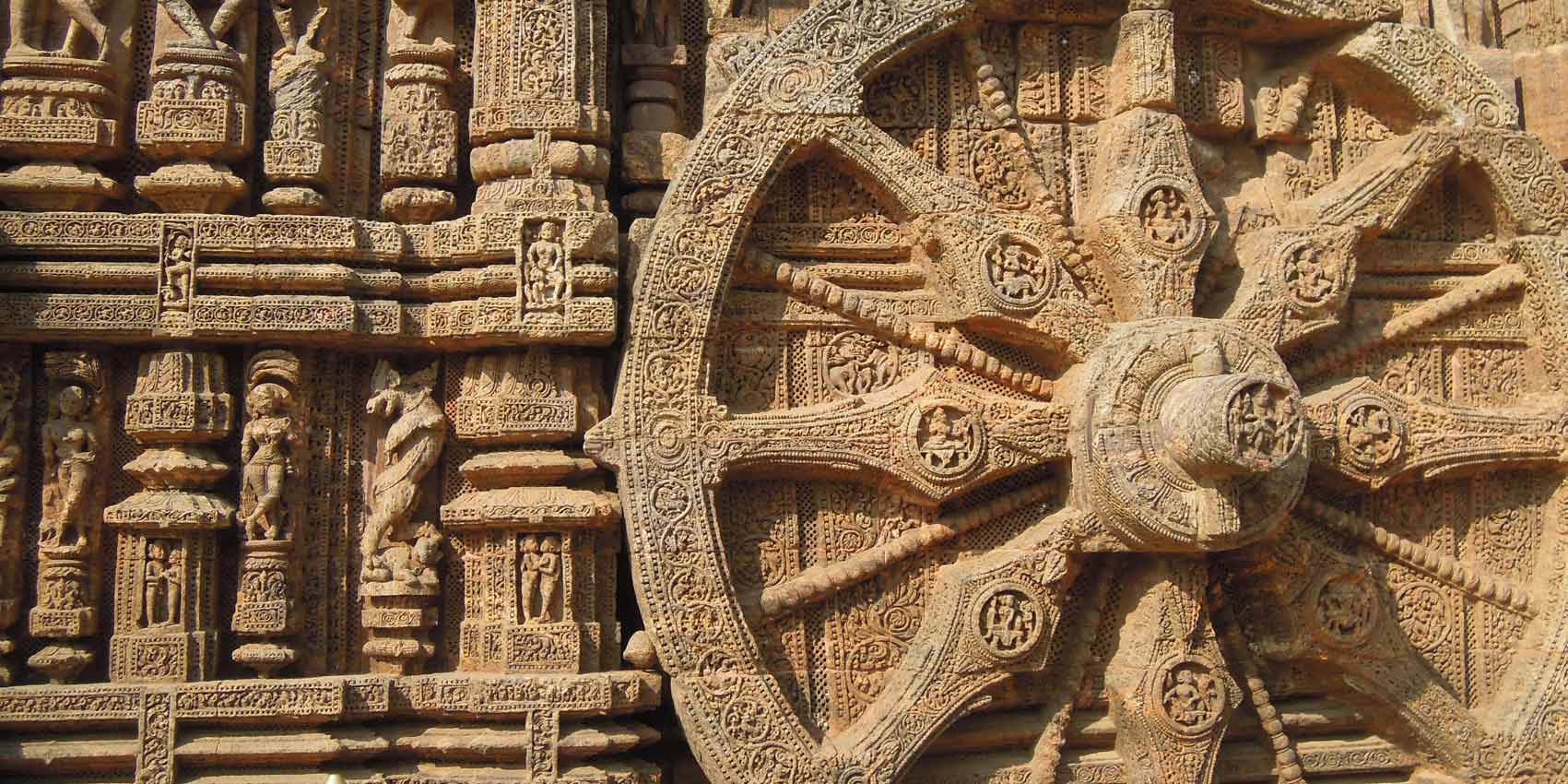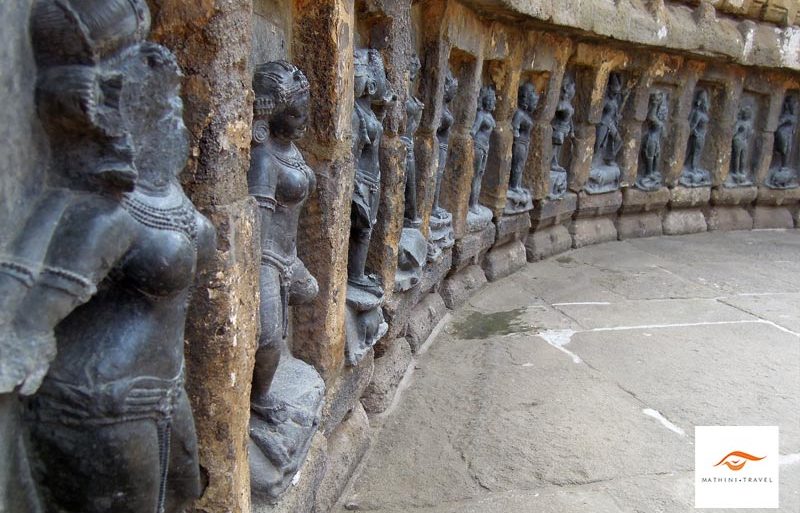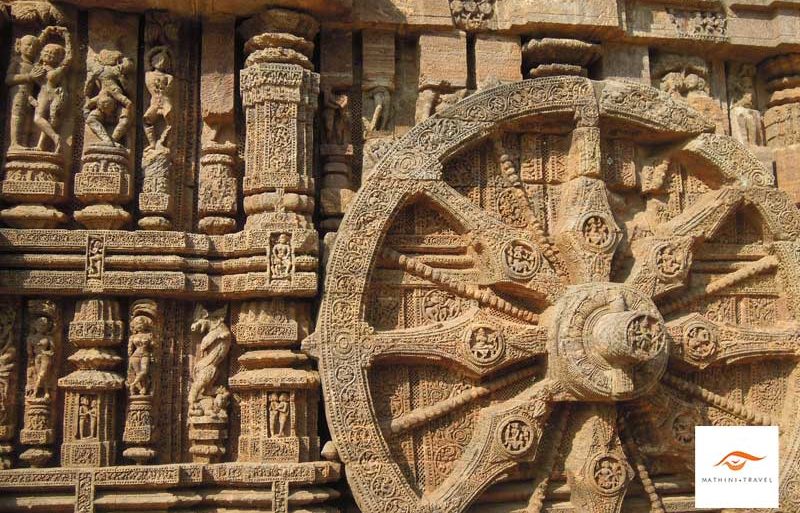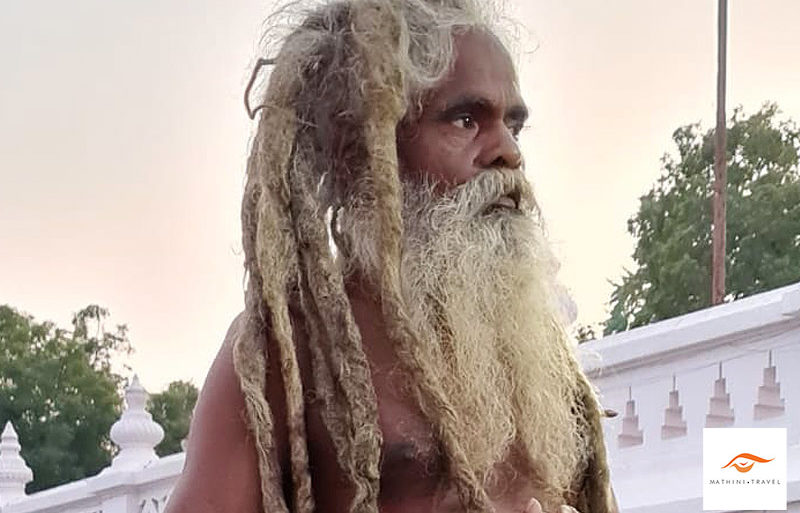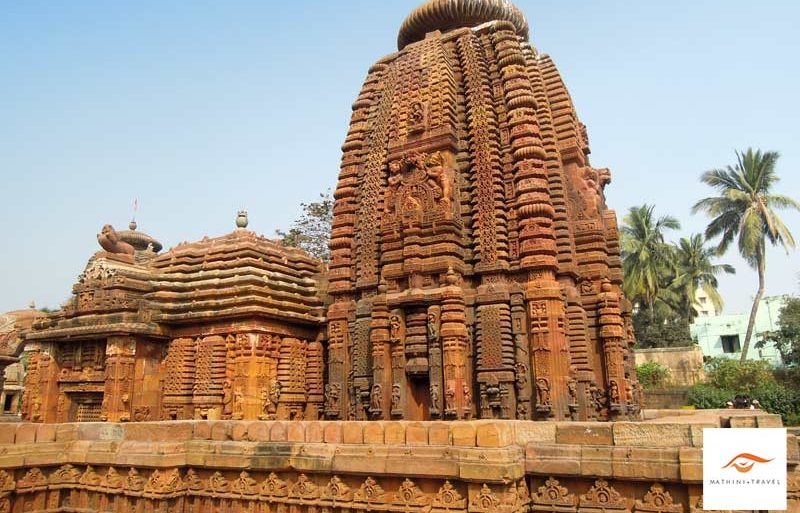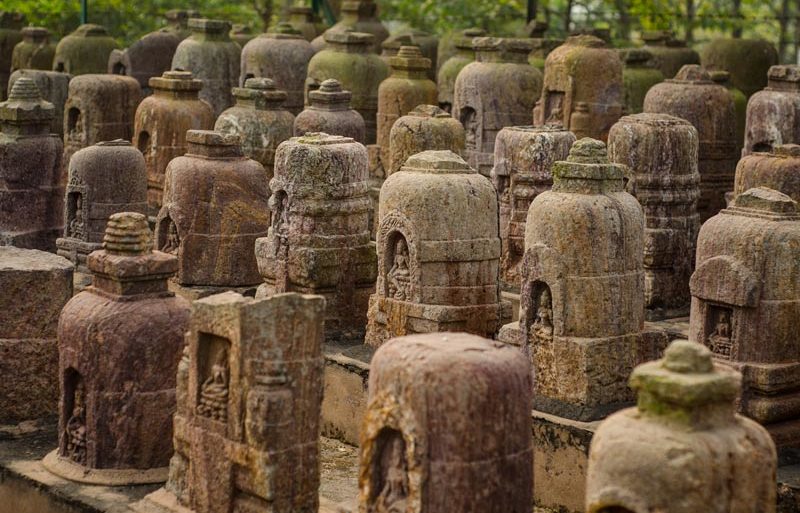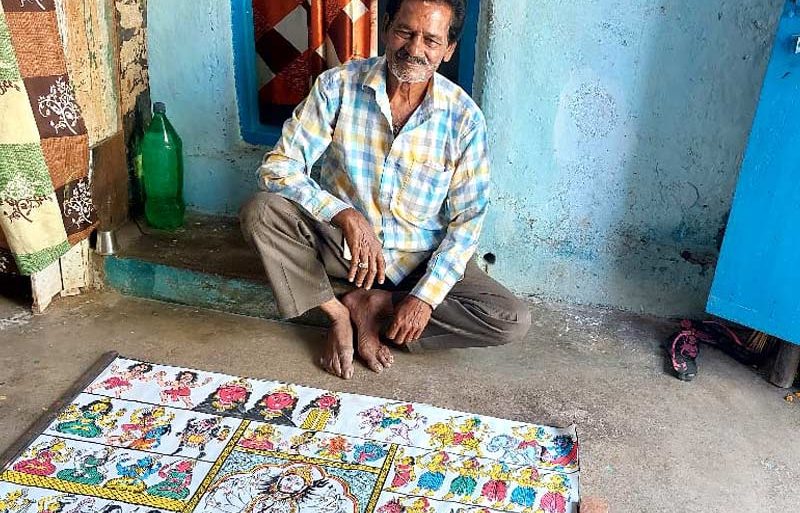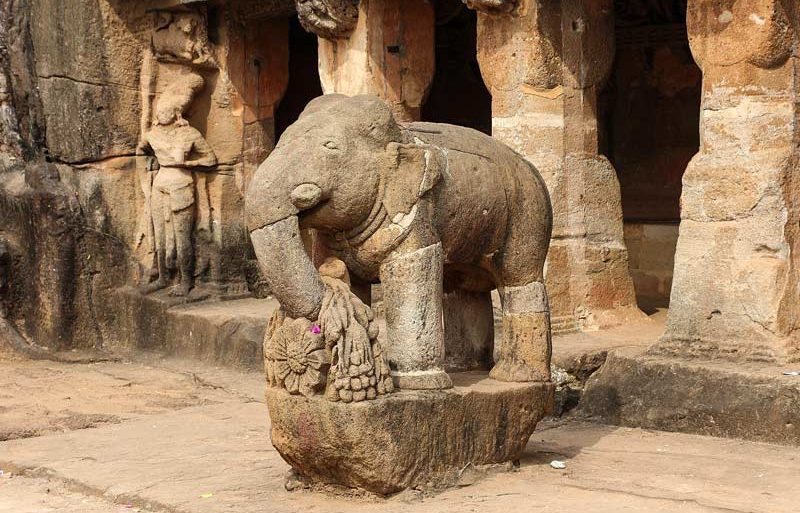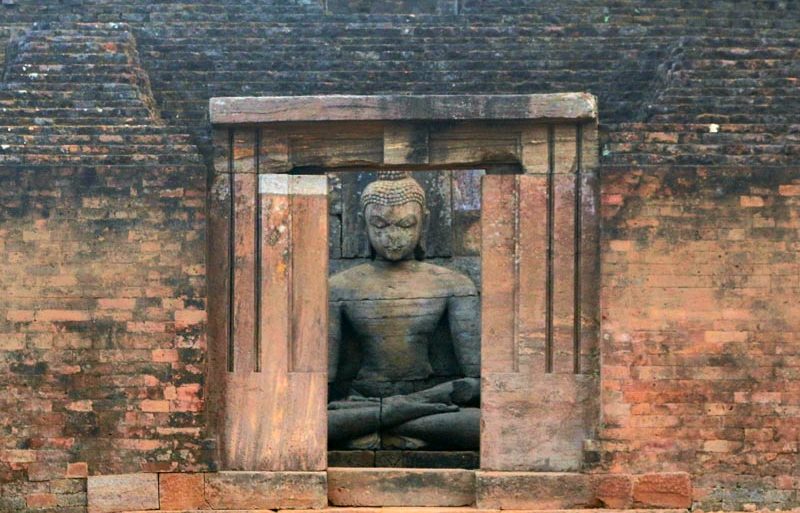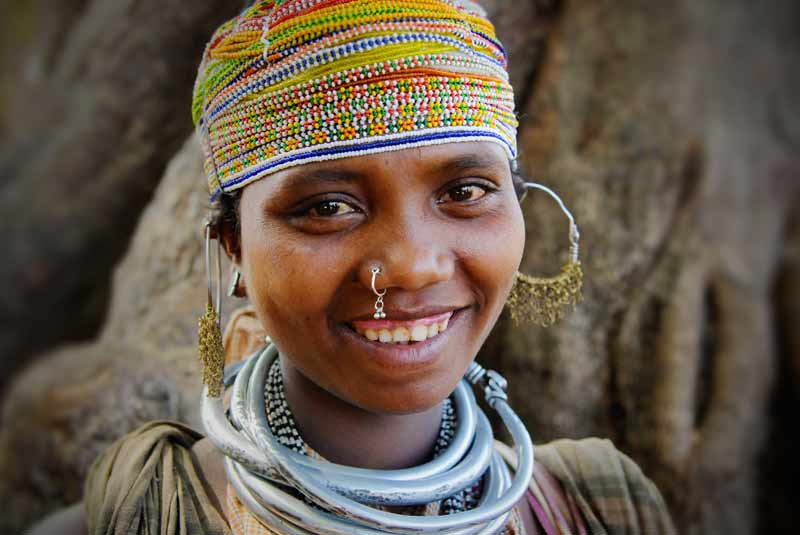Odisha, Art & Heritage
A nine-day journey exploring Odisha’s rich cultural heritage: from the temples of the Kalinga dynasty to the Konark Sun Shrine, and the Buddhist sites of Udayagiri, Ratnagiri, and Lalitgiri. You’ll also make several craft stops to meet artists who still perpetuate ancestral traditions.
Odisha is a must-see for lovers of architecture and art history. The state is full of archaeological treasures dating from prehistory to the end of the 16th century.
The site of Khandagiri and Udayagiri and its eighteen Jain and Hindu caves is a fine example. Built in the 1st century BC, it constitutes a landmark in the history of Indian art and rock-cut architecture.
Like Jainism, Buddhism, under the primary influence of Emperor Ashoka (304-232 BC), also inspired the development of art and architecture in Odisha. This Buddhist influence is evident in many sites, including those we will visit: Udayagiri, Ratnagiri, and Lalitgiri.
Aside from these major archaeological sites, the city of Bhubaneshwar is home to a string of splendid Hindu temples. It was the capital of the Kalinga kings from the 7th to the 11th century CE. They left behind a unique heritage with thousands of shrines that gave the city its name, the “city of temples.”
We will also have wonderful encounters with, among others, the artist Chitrakar Laxmidhar Mohapatra, one of the last heirs of the Osakothi art, and with the weavers of Brahmapur and Pitala. We will also spend a few hours with the Mahima sadhus, ascetics whose only clothing is tanned tree bark.
Ideal time for this trip: from October to March
The price indicated above is an estimated price. As we only do tailor-made services, this budget depends on several factors (choice of services, number of people, type of car, time of year, etc.); the final price is that of your personalized (free) quote obtained after an in-depth discussion with you.
THIS TRIP INCLUDES:
- Double occupancy accommodation in 3-star hotels and guesthouses in Chandanpur.
- All airport-hotel transfers
- Breakfast
- Full board in Chandanpur
- All transportation by private driver in a Toyota Innova (taxes, fuel, accommodation, and driver’s meals included).
- 24/7 assistance,we are in constant contact with you.
THE TRIP PRICE DOES NOT NOT INCLUDED:
- International flights
- Domestic flights
- Entrance to monuments, museums, and other attractions
- Visa fees
- Travel insurance
- Meals other than those listed in “included.”
- Any personal expenses.
- Tips.
- Anything not listed in “included.”
You may also like...
Odisha, Art & Heritage €1890
Arrival in Bhubaneswar
*
Bhubaneshwar (the lord of the three worlds) is the capital of Odisha. It was the capital of the Kalinga kings from the 7th to the 11th century CE. They left behind a considerable heritage with thousands of shrines. From this period, Bhubaneshwar has preserved only about a hundred monuments; we will only visit the main temples. Overnight in BhubaneswarBhubaneswar visit
*
Mukteswara is undoubtedly one of the most beautiful buildings in Bhubaneshwar. The detail and finesse of its carvings are a delight for lovers of beautiful stonework. Its Buddhist-influenced "torana" (arch) is particularly remarkable. Mukteshwara means "the lord of liberation." The temple was built in the 10th century and is dedicated to the Hindu god Shiva.*
The Vaital Deul temple, built in the 9th century CE, differs from other sanctuaries in that it was dedicated to the tantric cult of Shakti, the feminine force.Bhubaneshwar - Udaygiri khandarini - 64 yoginis - Bhubaneshwar
*
The Rani Gumpha (Queen's Cave) and the Ganesha Cave, flanked by two elephants at the entrance, are the most iconic. Both feature elaborate sculptural friezes depicting historical scenes, religious ceremonies, and dancers. Construction probably began in the 1st century BC during the reign of King Kharavela of the Mahameghavahana dynasty.*
We will also visit a most enigmatic temple, that of 64 yoginis (Chausathi Yogini) in Hirapur, 20 km from the capital. This circular, roofless sanctuary, which belongs to the Tantric tradition, is believed to have been built in the 9th century. The inner wall of the wall temple contains niches featuring 64 beautiful statues of Hindu goddesses in different postures. Overnight in BhubaneshwarBhubaneshwar - Udayagiri / Ratnagiri / Lalitgiri - Dhenkanal
*
Udayagiri is the largest Buddhist complex in Odisha. It consists of major stupas and monasteries and is believed to have been active between the 7th and 12th centuries CE.*
Ratnagiri is the site of a ruined mahavihara, once the principal Buddhist monastery in Odisha, built between the 5th and 13th centuries CE.*
Lalitgiri is the oldest known Buddhist monastery in Odisha. Built in the 1st century AD, it features the ruins of a Mahastupa (main stupa) atop a hill, Chaityagriha (prayer halls), and numerous votive stupas amidst lush greenery. The museum located inside the monastery complex houses objects recovered during excavations of the site.*
After visiting the sites, drive to Dhenkanal where you will spend the night.Dhenkanal - Joranda (Mahima Sadhous) - Prachi valley - Chandanpur
*
*
Visite des villages d'artisans autour de Chandanpur
Chandanpur - Puri - Konark
*
Puri is one of the Char Dham, the four largest Hindu pilgrimage sites in India. The entire city is dedicated to Jagannath, the "lord of the universe," one of the forms of the Hindu god Vishnu. Non-Hindus are not allowed to enter the main temple, but we will stroll through the city's main streets to experience the spiritual fervor.*
The Konark Sun Temple, a UNESCO World Heritage Site, is an architectural marvel, an allegory of the passage of time. This colossal monument, representing the immense chariot of the god Surya, originally drawn by seven galloping horses, possesses a strong symbolism linked to the passage of time. Overnight in KonarkKonark - Ganjam - Brahmapur
*
Brahmapur - Maa Tara Tarini - Pitala - Bhubaneshwar
*
The Brahmapur sari is unique due to its weaving style, which includes designs typical of Odisha, such as the "Phoda Kumbha," a temple-shaped motif. We will visit a women's weaving workshop, then depart for another weaving town: Pitala.*
On the way, we will visit the temple of Maa Tara Tarini, one of the most revered in India; it is indeed one of the "Shakti Peethas," tantric shrines dedicated to feminine power.*
After this visit, return to Bhubaneshwar, your last stop in Odisha.